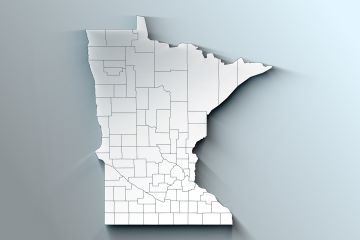We are regularly told that penalties will be incurred if and when the phytosanitary certificate has different information or spelling than that contained on the letter of credit. Another claim is that the phytosanitary certificate must have the exact information that is contained on all the other documents for the shipment. Simply put, a phytosanitary certificate does not function as, nor should you consider it, a business document. Including it with other business documents is not the correct use of the phytosanitary certificate. Its express purpose it to be presented to the foreign plant pest regulatory officials to confirm your shipment meets the plant pest import requirements established for the commodity. It should never be considered a business document. By considering a phytosanitary certificate "just another" business document you run the risk of shipment delay. One possible solution for you, when possible, is to agree to provide "a phytosanitary certificate acceptable to the plant pest regulatory officials of the destination country." In addition to being the true purpose of the certificate, it separates the phytosanitary certificate from the business documents. If the regulatory staff accepts the phytosanitary certificate, you have fulfilled your contractual obligation regardless of typographical differences with business documents.
Be advised regardless of letter of credit language and what you enter on a PCIT application: We will not knowingly misspell words; The exporter MUST have a US address; We will not enter approximate commodity weights; We will not enter any additional declaration or pest-freedom language beyond that stipulated by import permit or federal database; We will not include tax id, letter of credit, or other business-related numbers; and We may change exporter address if it contains unacceptable abbreviations or is interpreted to be inconsistent with standard US format.
If any of these examples are found on PCIT applications, we will make the necessary changes which will be reflected on the final document.
If the nitrogen fertilizer best management practices (BMPs) are implemented on more than 80% of the cropland in your area, and residual soil nitrate levels do not increase, or nitrate levels in the public water supply do not increase, then regulations will not be required. Otherwise the Drinking Water Supply Management Area (DWSMA) can move to a regulatory level.
In cropland areas with high nitrate concentrations in the groundwater, the MDA strongly encourages farmers to consider using Alternative Management Tools (AMTs). In the rule, Alternative Management Tools are defined as “specific practices and solutions approved by the commissioner to address groundwater nitrate problems.” Examples of AMTs include, but are not limited to, type of precision agriculture, nitrification inhibitor, cover crops, annual crops, and alfalfa. The MDA will maintain a published list of approved AMTs. This list will be updated on an annual basis. Under the Groundwater Protection rule, land with AMTs in place will be considered BMP compliant in the BMP survey.







